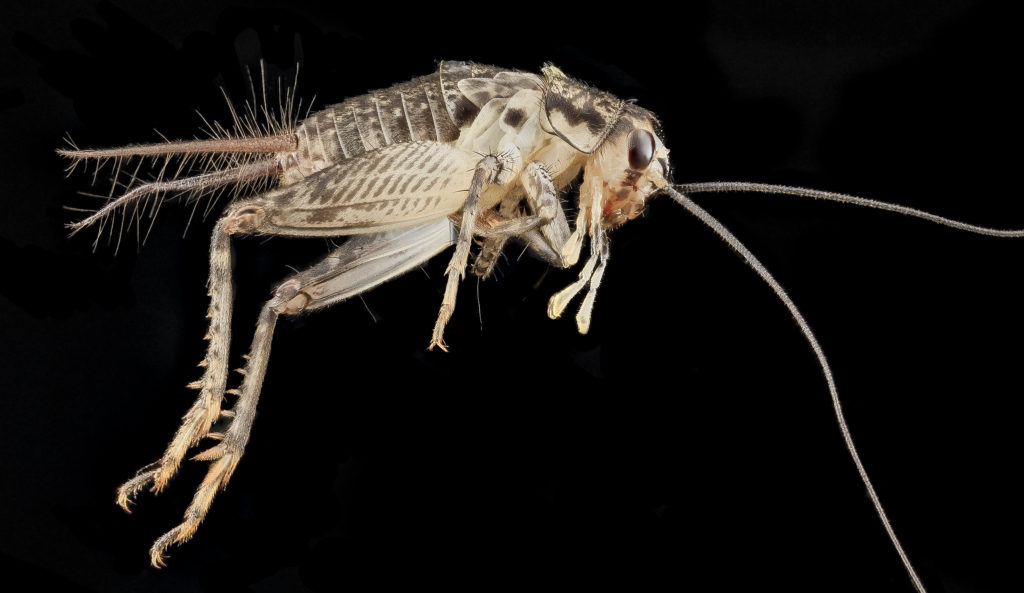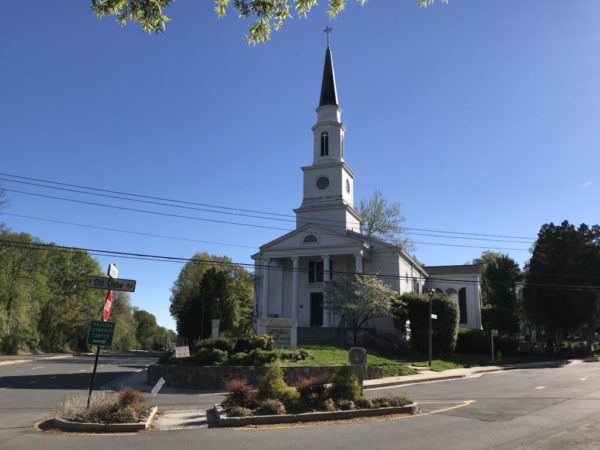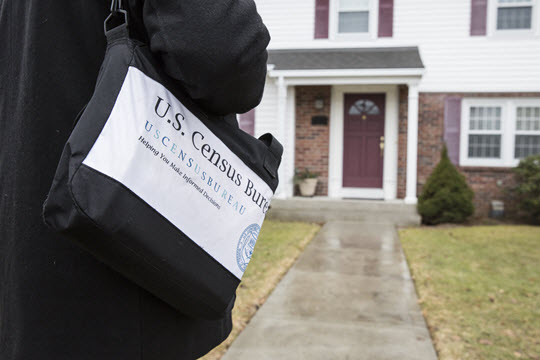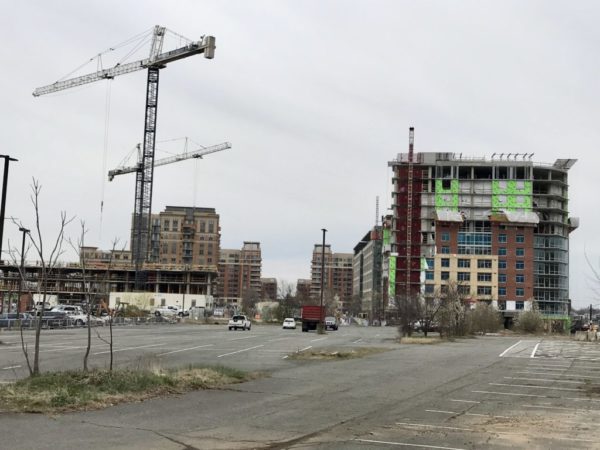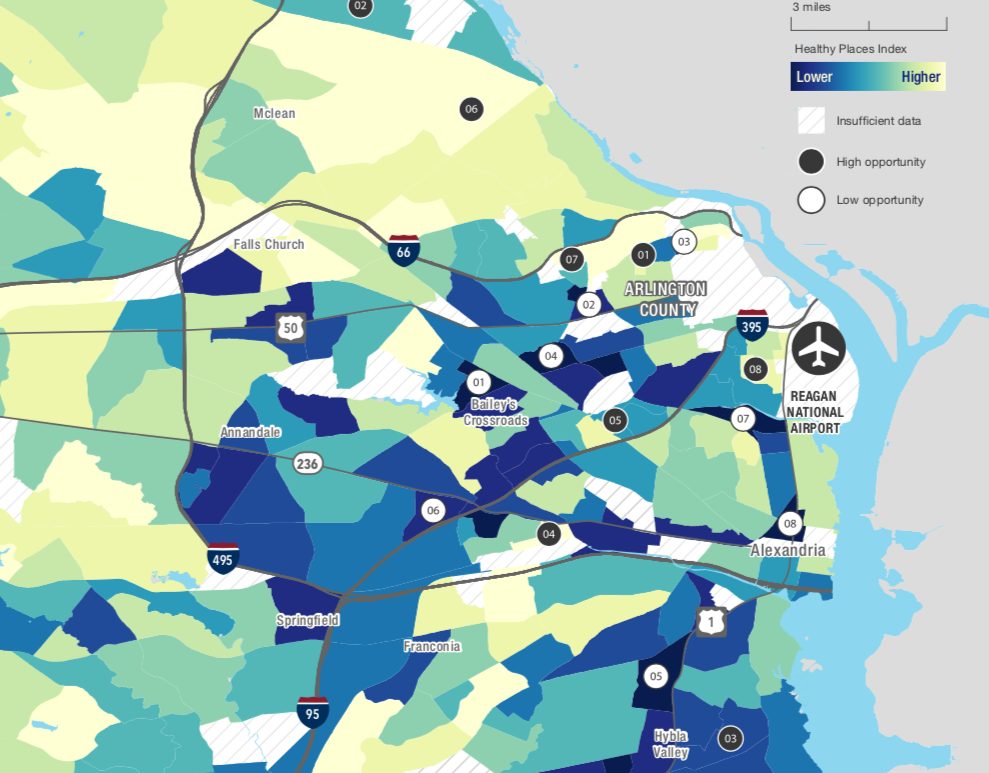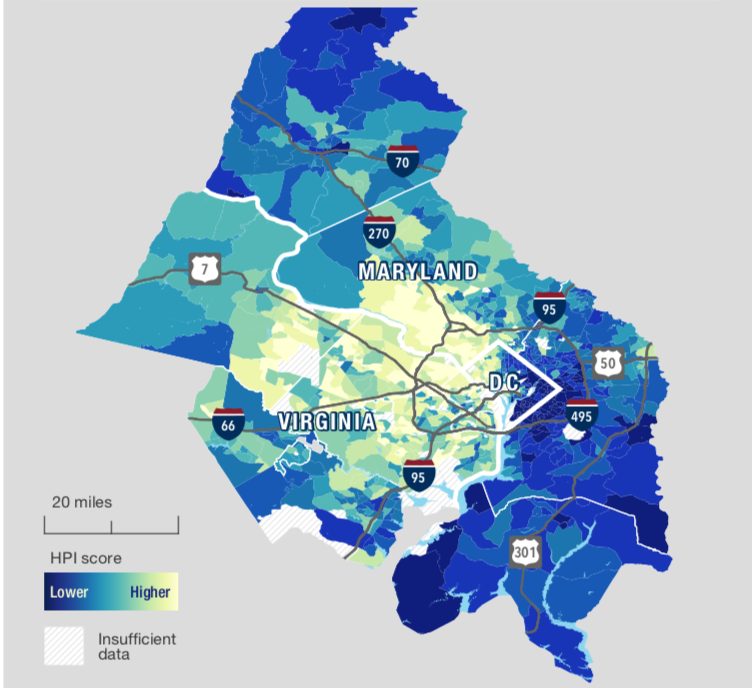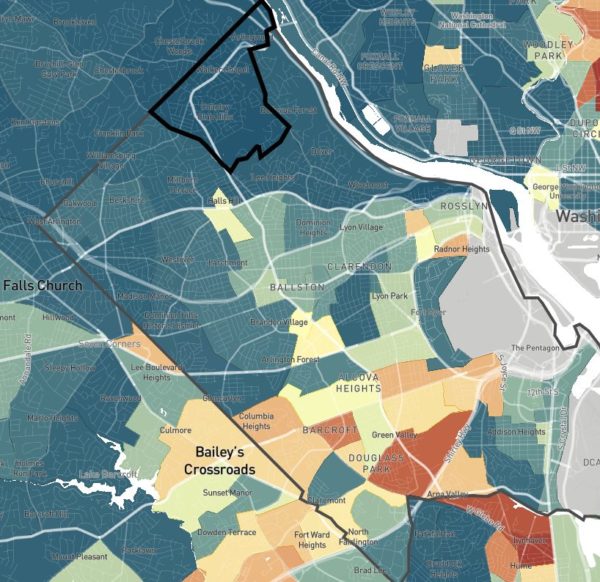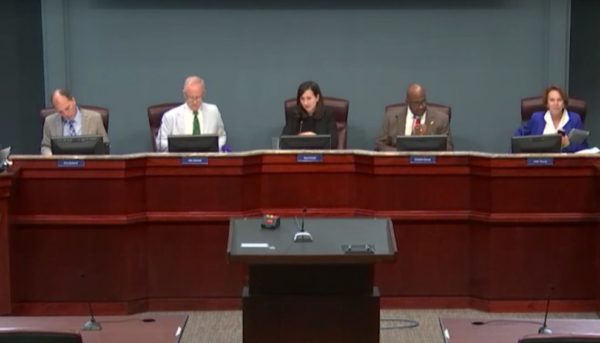Scientists are asking Arlingtonians to brave the great outdoors Friday night and listen to bugs.
The effort of part of the 7th annual “Cricket Crawl” to “crowdsource” data on the crickets and katydids that residents can hear on their streets and in their backyards.
“This is the census of our singing nighttime insects,” said Park Naturalist Jennifer Soles with the Gulf Branch Nature Center told ARLnow.
People interested in participating are asked to listen for the sounds of one of six species for one minute this Friday night, and write down what they hear. Participants can then text or and call leave a message at (240) 801-6878 with their observations, or email their notes to [email protected].
One of the six insects to listen for is the common true katydid, which Soles said can be found in the places with heavy tree cover and sounds like it’s saying “katydid, katydid, katydid.” Other species on the list — the regular field cricket, greater angler katydid, and jumping bush cricket — can generally be found throughout the county.
Soles said the field cricket makes a “chirp chirp chirp” noise familiar to most people and the greater angler katydid makes a “tick tick tick” similar to the sound an ignitor makes on a gas stove. The jumping bush cricket by comparison, makes a “little peeping trill” with long pauses in between peeps.
More pictures and audio clips of the all six insect types in the census can be found on the event website.
One of the species that scientists are hoping to learn more about from the data is the japanese burrowing cricket, which has a similar, but faster, call compared to the field cricket.
The non-native species of insect was first discovered in 1959 in D.C., Virginia, and other nearby states, according to research published in the Annals of the Entomological Society of America.
She said the hope is that the Cricket Crawl could turn into the next Christmas Bird Count, and show trends of signing insects over time and indicate whether any of them is in danger of disappearing.
“When they started doing the Christmas Bird Count, maybe wasn’t the data wasn’t that good, or that strong, but after you start doing it for fifty years you saw we’re losing huge numbers of migratory birds,” said Solo.
She added that Friday’s census is an opportunity for the whole family to participate in the data collection.
“It’s about being aware of what’s in their environment, and what they could lose.,” she said.
Photo 1 via USGS Bee Inventory and Monitoring Lab/Flickr, photo 2 via James St. John/Flickr



